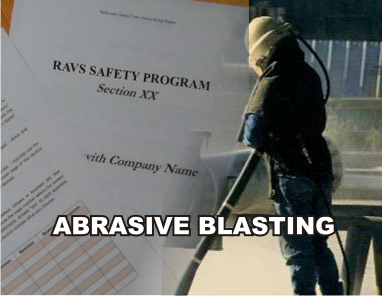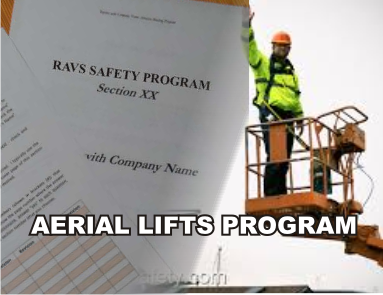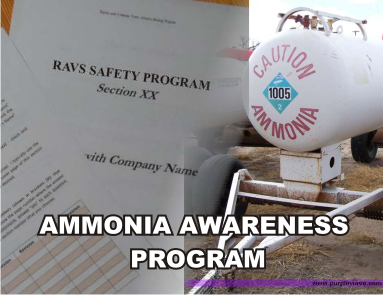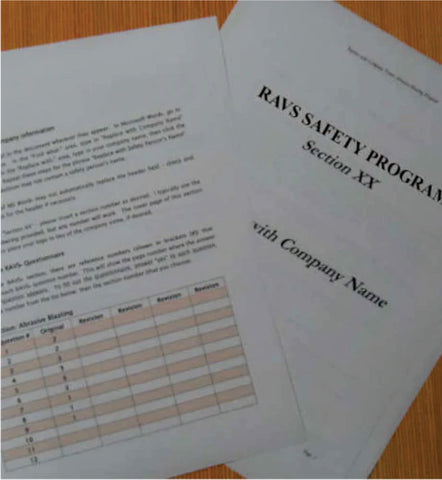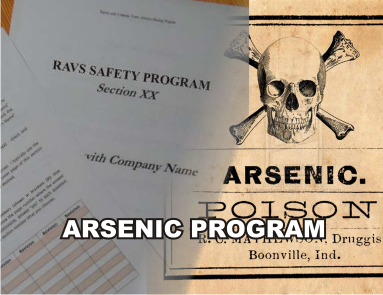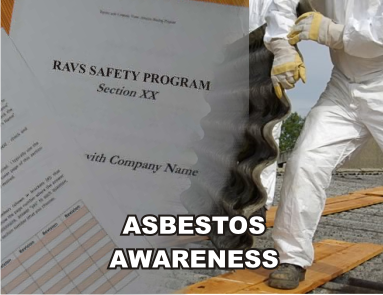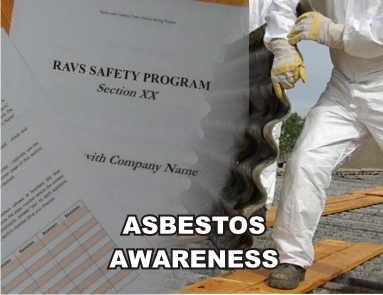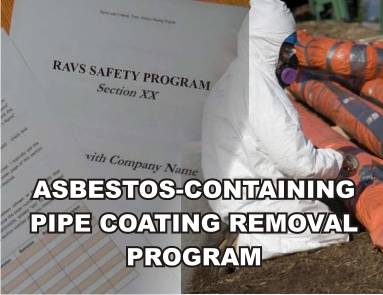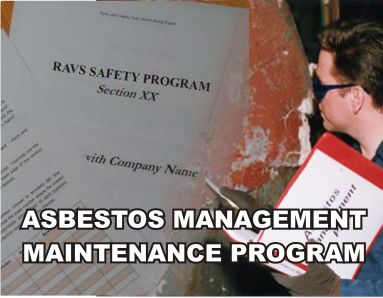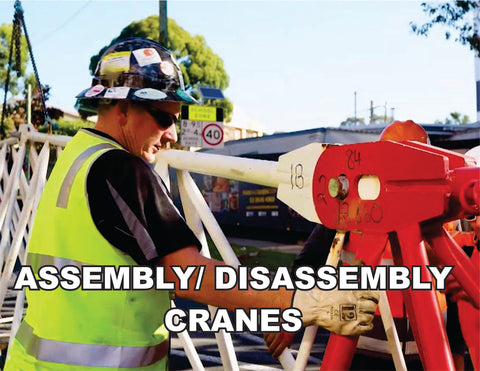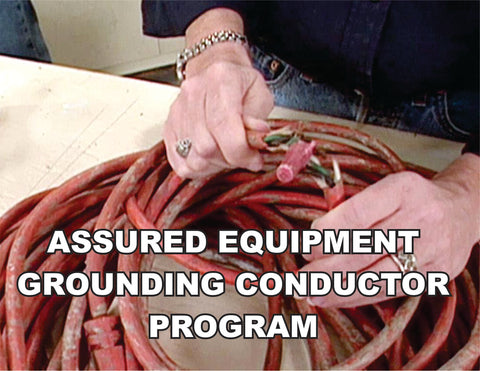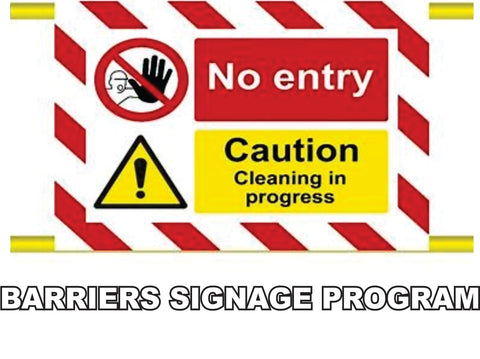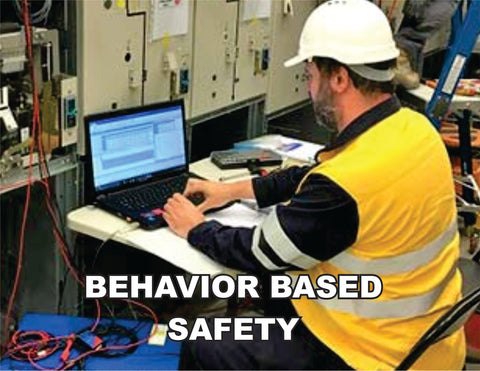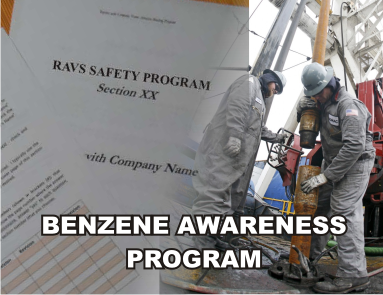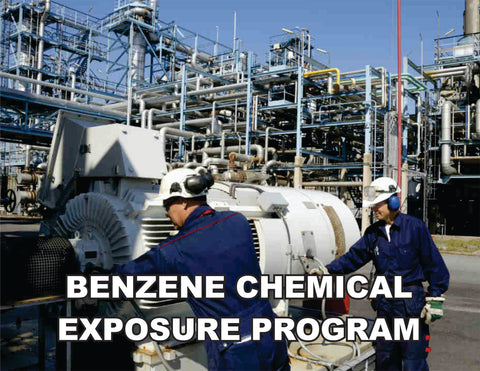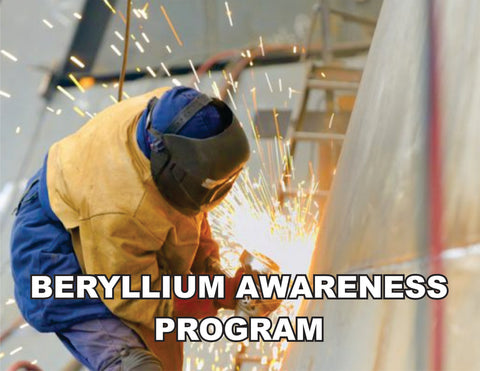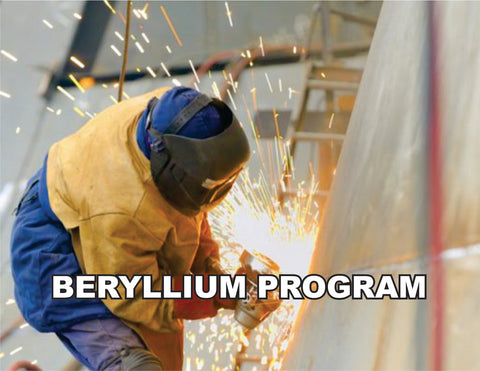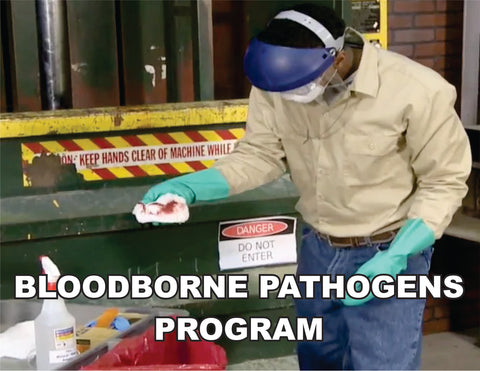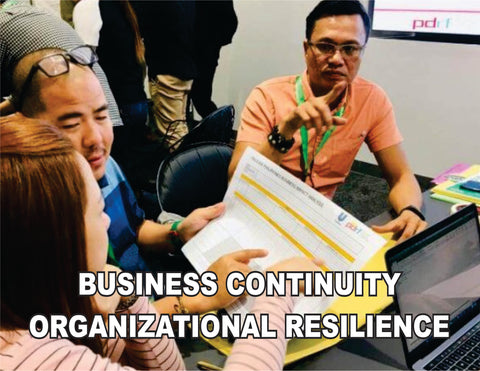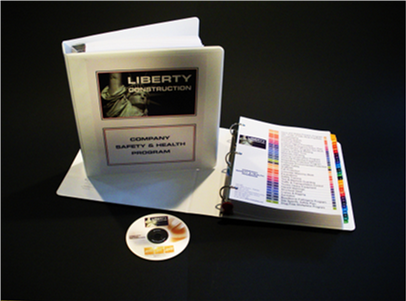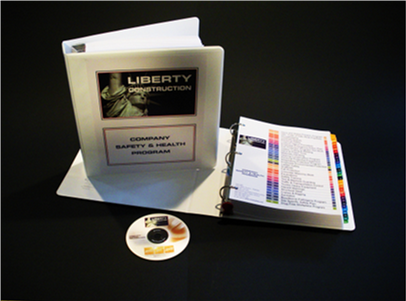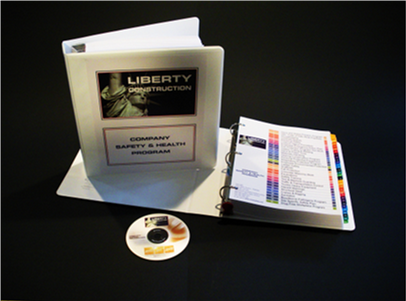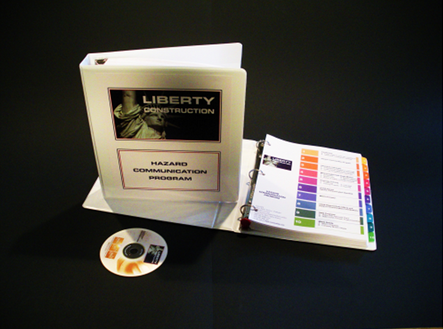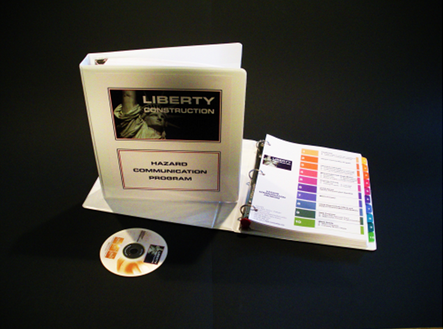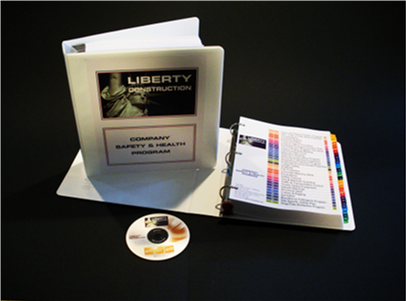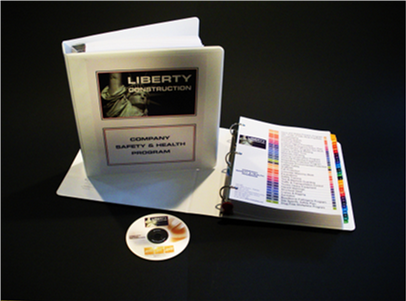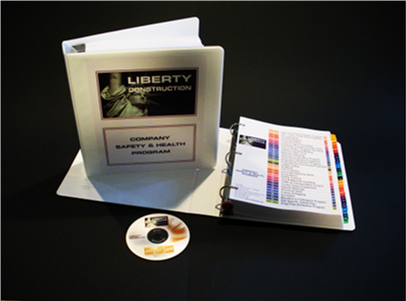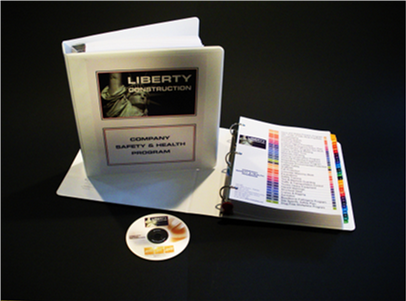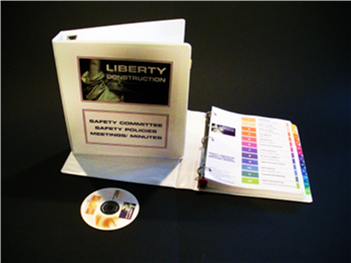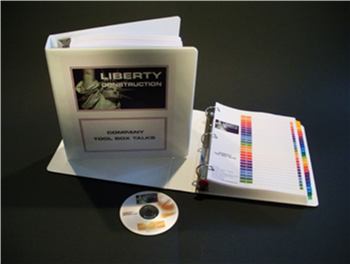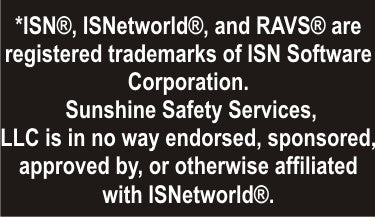Sunshine Safety Services
Welcome to Construction Safety Plans! My goal is a clear, simple, site where you can have safety programs downloaded to your computer, or prepared and sent to you. We specialize in construction programs, and especially third-party approvals, such as ISNetworld, Avetta, PICS, PECS, Browz, etc.
314-570-0072 Mobile
sales@SunshineSafetyServices.com

News
Highlights of the new Confined Space Standard (Subpart AA)
As a trainer in confined spaces for many years, I've always taught from a "best practices" position; that is I've taught that 9-1-1 is not necessarily your rescue team, that an air monitor should be worn by employees (and on continuously), and that continuous mechanical ventilation should be used where feasible. So when the new standard came out, I wasn't too impressed - if anything it simply validates what best practice is, along with a couple of common-sense requirements.
So, per OSHA’s FAQ the following are the key differences between General Industry (1910.1460 and Construction (1926 Subpart AA0:
- More detailed provisions requiring coordinated activities when there are multiple employers at the worksite. This will ensure hazards are not introduced into a confined space by workers performing tasks outside the space. An example would be a generator running near the entrance of a confined space causing a buildup of carbon monoxide within the space.
- Requiring a competent person to evaluate the work site and identify confined spaces, including permit spaces.
- Requiring continuous atmospheric monitoring whenever possible.
- Requiring continuous monitoring of engulfment hazards. For example, when workers are performing work in a storm sewer, a storm upstream from the workers could cause flash flooding. An electronic sensor or observer posted upstream from the work site could alert workers in the space at the first sign of the hazard, giving the workers time to evacuate the space safely.
- Allowing for the suspension of a permit, instead of cancellation, in the event of changes from the entry conditions list on the permit or an unexpected event requiring evacuation of the space. The space must be returned to the entry conditions listed on the permit before reentry.
- Requiring that employers who direct workers to enter a space without using a complete permit system prevent workers’ exposure to physical hazards through elimination of the hazard or isolation methods such as lockout/tagout.
- Requiring that employers who are relying on local emergency services for emergency services arrange for responders to give the employer advance notice if they will be unable to respond for a period of time (because they are responding to another emergency, attending department-wide training, etc.).
- Requiring employers to provide training in a language and vocabulary that the worker understands.





